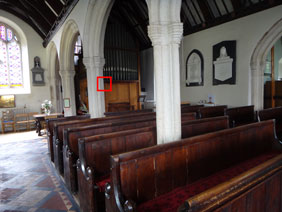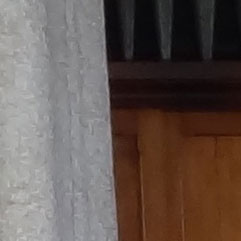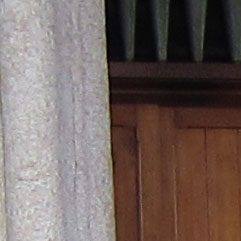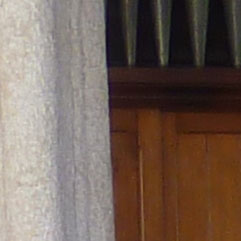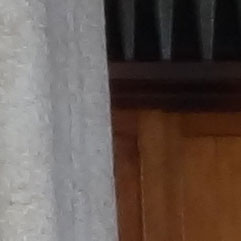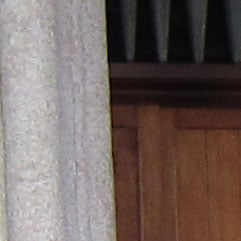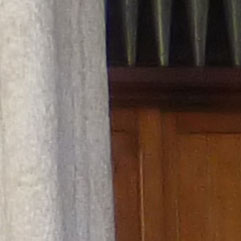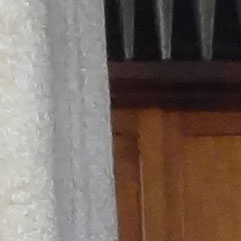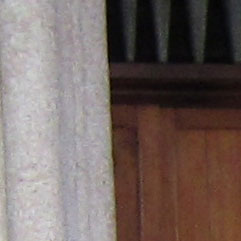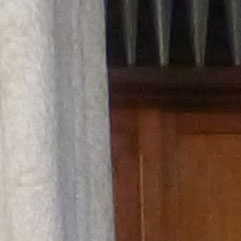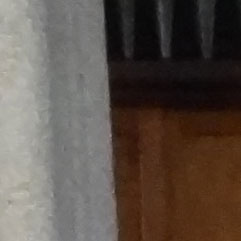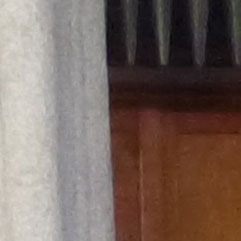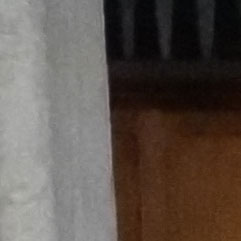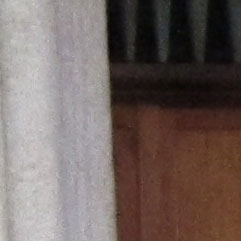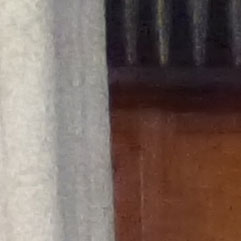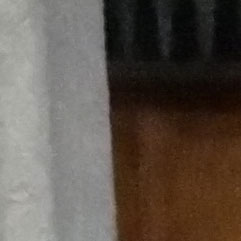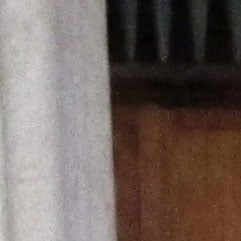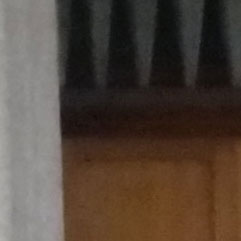Sony Cyber-shot DSC-TX10
-
-
Written by Gordon Laing
Quality
Sony Cyber-shot TX10 vs Canon IXUS 310 HS / ELPH 500 HS vs Panasonic Lumix FX77 / FX78 Resolution
|
Sony Cyber-shot TX10 |
Canon IXUS 310 HS / ELPH 500 HS |
Panasonic Lumix FX77 / FX78 | ||
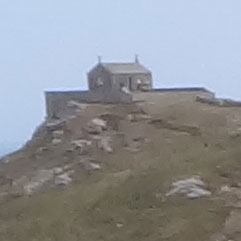 | 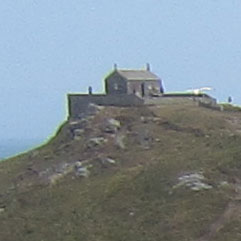 | 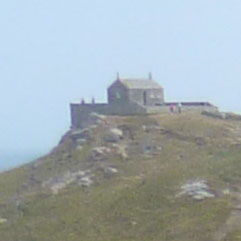 | ||
f4.5, 125 ISO |
f2.8 100 ISO |
f2.5, 100 ISO | ||
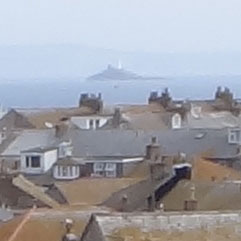 | 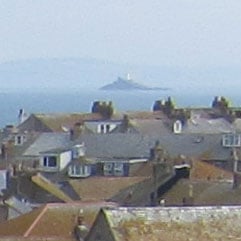 | 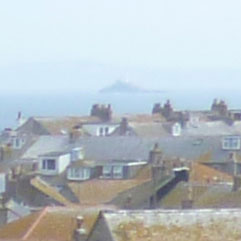 | ||
f4.5, 125 ISO |
f2.8 100 ISO |
f2.5, 100 ISO | ||
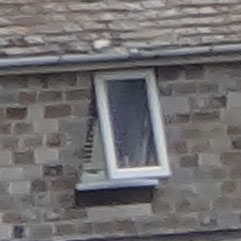 | 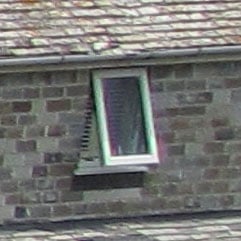 | 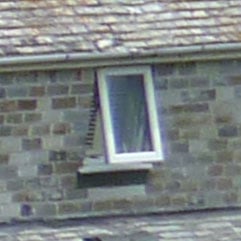 | ||
f4.5, 125 ISO |
f2.8 100 ISO |
f2.5, 100 ISO | ||
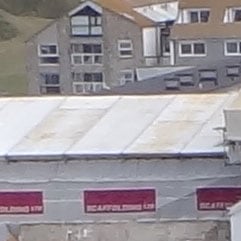 | 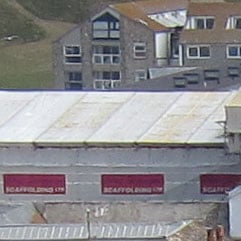 | 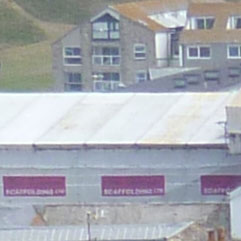 | ||
f4.5, 125 ISO |
f2.8 100 ISO |
f2.5, 100 ISO |
Sony Cyber-shot TX10 results : Real-life resolution / High ISO Noise
Sony Cyber-shot TX10 vs Canon IXUS 310 HS / ELPH 500 HS vs Panasonic Lumix FX77 / FX78 Noise
The above shot was taken with the the Sony Cyber-shot TX10 in Program mode. The lens was set to its default wide angle setting of 4.43mm (25mm equivalent), the sensitivity was set to 125 ISO and the exposure was 0.4 of a second at f3.5. The crops are taken from the area marked with the red square and presented below at 100%. The first crop from the Sony Cyber-shot TX10 looks like it was taken at a higher ISO sensitivity than 125. What detail there is in the stone column on the left looks pixelated and the vertical lines in the wood panelling look soft and a little smeared; on the positive side, the exposure and white balance are spot on. At 200 ISO it’s the same story only more so, that’s more softness, more smearing and less detail. At these lower ISO sensitivity settings you won’t notice the poor detail unless you’re looking very closely or making bit prints. The problem is that, with the processor struggling to remove noise and retain image detail at the lowest ISO sensitivities, as soon as more pressure is applied things immediately get visibly worse. Beyond 200 ISO the image quality really does suffer. Hats off to Sony for even attempting to include a 3200 ISO setting but one of its low-light composite modes will produce better results. Compared with the Sony Cyber-shot TX10 the Canon IXUS 310 HS / ELPH 500 HS results look sparkling. The Canon’s 12 Megapixel sensor produces a lot less noise at 100 ISO than the Cyber-shot TX10 at 125 ISO and the images are much less processed-looking with a lot more detail. The IXUS 310 HS / ELPH 500 HS maintains this advantage throughout the ISO range and its Handheld Night Scene composite mode also produces an impressive result comapred with the Cyber-shot TX10’s Anti Motion Blur. The Pansonic LUMIX FX77 / FX78 strikes another blow for the argument that lower pixel resolutions on compact sensors produce better quality results with better detail and less processing at the lower ISO sensitivities. At both 100 and 200 ISO the Lumix FX77 / FX78 crops looks better than those from the Cyber-shot TX10. Above 400 ISO the Lumix doesn’t quite manage to hold on to its lead the way the IXUS does, though, it lacks a 3200 ISO option and its Handheld Night Shot composite mode operates at greatly reduced resolution. The final row compares the composite low-light mode of all three models. Each has chosen a different ISO sensitivity so the results aren’t a strict comparison except that they do show the results each camera will produce in the same circumstances. We’ve used Anti Motion Blur mode on the Cyber-shot TX10 as the Hand-held Twilight result was underexposed. Of the three, the IXUS 310 HS / ELPH 500 HS appears to have produced the best result with an ISO sensitivity of 800 that’s clearly better than the straight 800 ISO crop. The Lumix result also looks good, albeit at a reduced image size of 2048 x 1536 pixels. Now head over to our Cyber-shot TX10 sample images to see some more real-life shots in a variety of conditions.
|
Sony Cyber-shot TX10 results : Real-life resolution / High ISO Noise

